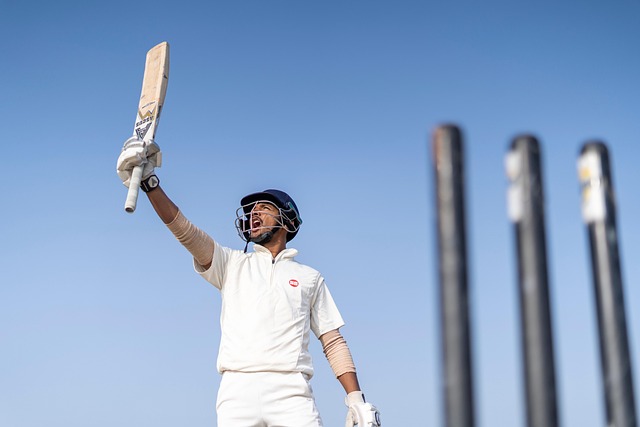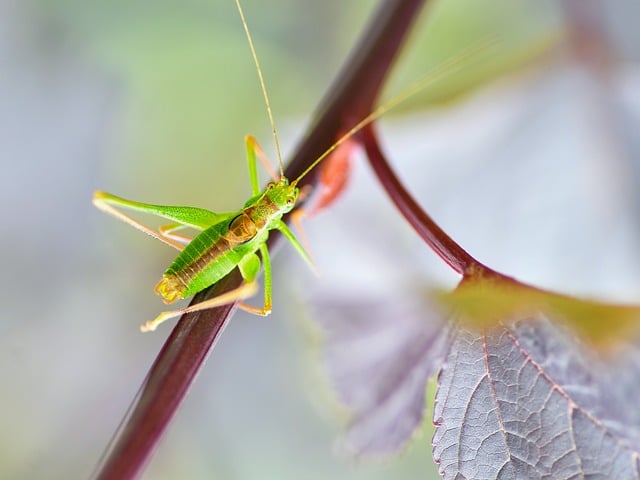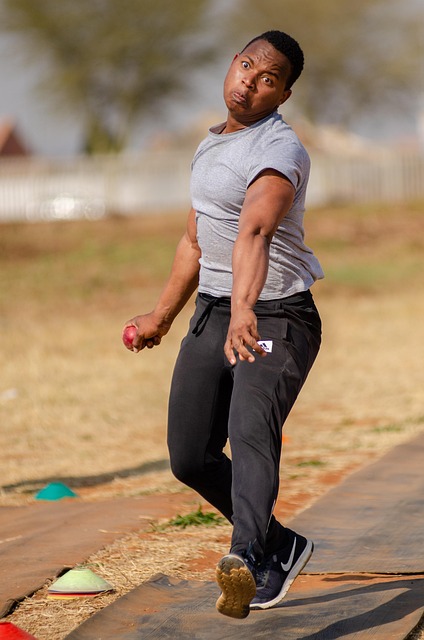
Mastering the cricket ball grip is crucial for performance and injury prevention. Beginners should adopt a 'three-point grip', while advanced players experiment to find their preferred style. The optimal grip offers precision and control, catering to bowling styles like fast or spin bowling. Consistent training, diverse delivery practice, and knowledge of rules enhance overall cricket skill.
Mastering the art of gripping a cricket ball is crucial for any aspiring cricketer. This guide delves into the intricacies of cricket grip fundamentals, offering valuable insights for players of all levels. From understanding the basics to exploring diverse holding styles and practicing for enhanced control, we’ve compiled an indispensable resource. Whether you’re a beginner or seeking to refine your technique, these steps will empower you to dominate the pitch with improved ball handling skills, taking your cricket game to new heights.
- Understanding the Cricket Grip Fundamentals
- Identifying Your Preferred Holding Style
- Positioning Your Fingers for Optimal Control
- Exploring Different Types of Cricket Grips
- Practicing for Improved Ball Control
Understanding the Cricket Grip Fundamentals

Gripping a cricket ball correctly is fundamental for any player looking to enhance their performance on the field. It’s more than just holding the ball; it involves understanding the intricate connection between your hands, fingers, and the ball’s surface. The right grip allows for precise control, enabling bowlers to deliver accurate deliveries and batters to manipulate the ball effectively during their swing.
For beginners, focusing on the ‘three-point grip’ is essential. This technique ensures a secure hold by positioning your fingertips along three sides of the ball—the seam running lengthwise and one finger across each end. This fundamental skill forms the basis for more advanced techniques and is crucial for both bowling and batting. Remember, proper hand placement not only enhances control but also reduces the risk of injuries, ensuring a lasting cricket career paths and enjoyable cricket fan experiences. Visit us at match formats explained cricket equipment guide anytime to explore more detailed techniques that can transform your game, even if you’re just starting out.
Identifying Your Preferred Holding Style

Identifying Your Preferred Holding Style
In cricket, choosing the right grip is vital for both precision and power. The first step in mastering this art is understanding your natural preference. Whether you’re a seasoned player or a curious fan, recognizing your unique holding style allows for more effective practice and improved performance on the field. Every cricketer has their own way of holding the ball, influenced by factors like finger strength, hand size, and personal comfort.
Experimentation plays a key role in this process. Try out different grips to see what feels most natural and gives you the best control. Consider seeking guidance from experienced coaches or joining cricket communities where sharing techniques and tips is encouraged. Remember, your preferred style should not only feel comfortable but also align with various types of deliveries, enhancing your overall game and keeping you engaged in the sport. For tailored advice and equipment suggestions, give us a call at cricket sponsorship value proposition; we’re here to support your journey on the pitch.
Positioning Your Fingers for Optimal Control

To master the art of gripping a cricket ball, understanding finger positioning is key. Place your fingers along the length of the seam, aligning them with the dimples on the ball’s surface. This technique provides optimal control and allows for precise delivery during a cricket match analysis tools. The index, middle, and ring fingers should form a triangle shape around the ball, ensuring a firm yet flexible grip.
Imagine holding a pen—your fingers curve naturally to create a comfortable hold. Similarly, in cricket, this finger placement enables bowlers to swing or spin the ball effectively. With practice, you’ll develop a feel for the optimal pressure points, enhancing your bowling technique and potentially landing you a spot on a cricket team composition, or even attracting the attention of cricket player agents. Remember, give us a call at Cricket Media and Broadcasting to explore more tips and insights into cricket fan culture global.
Exploring Different Types of Cricket Grips

In cricket, mastering the grip is key to achieving optimal performance and control over the ball. There are several types of grips suited for different bowling styles and player preferences. For instance, the traditional ‘seam’ grip involves holding the ball with your fingers along its length, ideal for fast bowlers aiming to generate swing. In contrast, the ‘spinning’ grip, where the ball is held closer to the seam, allows for more precision in delivering spin deliveries like leg-spin or off-spin.
Understanding these variations is crucial for any aspiring cricketer, as it enables data-driven decision making on which grip to use during play. Even legendary cricket moments can often be attributed to subtle adjustments in grip technique. If you’re interested in honing your skills further, consider exploring cricket coaching license requirements, which often delve into the intricacies of various grips. Similarly, familiarizing yourself with umpire’s decisions explained can provide valuable insights, especially when it comes to understanding how different grips might impact calls like ‘leg before wicket’ (LBW). Find us at cricket batting techniques for more comprehensive guidance on mastering the art of gripping in this captivating sport.
Practicing for Improved Ball Control

In the pursuit of mastery on the cricket field, understanding and practicing the correct grip is merely the first step. To elevate your game, consistent training becomes paramount. Start with basic ball-handling exercises to build a strong foundation. As you advance, incorporate drills that simulate match conditions to enhance your control and precision. Regular practice sessions, focusing on different types of deliveries like fast bowls, spin, and swing, will prepare you for any scenario.
Moreover, studying the cricket terminology dictionary can offer insights into various grips and techniques used by professionals. This knowledge allows players to adapt their grip based on the bowler’s action, enhancing their overall ball control. Remember, improving your cricket skills is an ongoing journey; keep refining your technique through dedicated practice sessions and stay updated with the latest cricket rule changes history to maintain a competitive edge.
Gripping a cricket ball correctly is a fundamental skill that can significantly enhance your performance on the field. By understanding the basics, identifying your preferred holding style, and practicing consistently, you can gain better control and precision in your bowling or batting techniques. Remember, the right grip not only improves accuracy but also reduces the risk of injuries, making it an essential aspect to master in the world of cricket.






